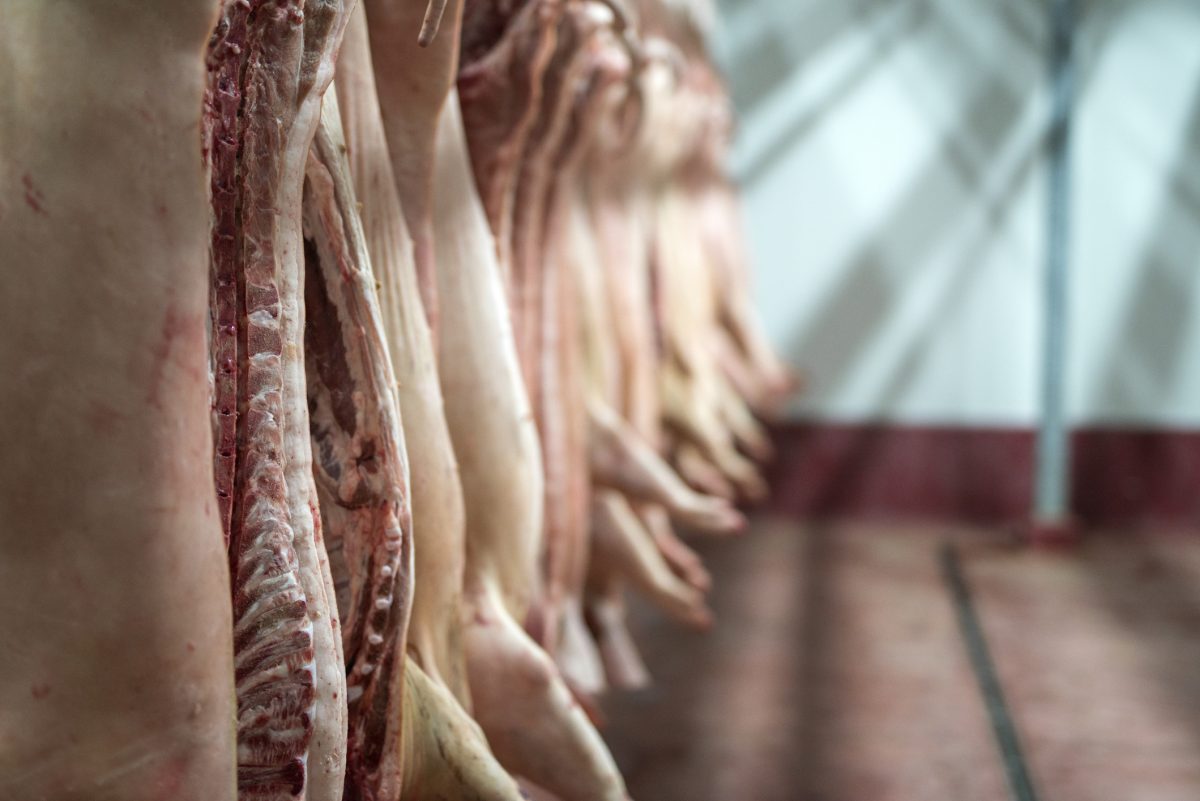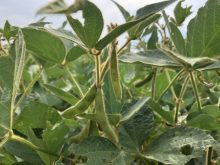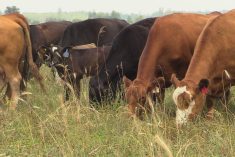Compared to last week, western Canadian yearling markets traded steady to $2 higher; calves in the range of 550-800 lbs. were up $2-$4; and calves under 550 lbs. surged $4-$8 on average. Certain auction barns reported that grassers traded $8-$12 above week-ago levels. Colder temperatures caused some sellers to delay sales; however, there was no shortage of buying enthusiasm.
Demand appeared to evolve during the week. Certain buyers sat on their hands from Monday through Wednesday but were overwhelmed with business on Thursday and Friday. There were a couple surprises on the U.S. Department of Agriculture’s cattle inventory report. USDA made a downward revision to the 2019 calf crop and the 2020 calf crop was smaller than anticipated. Certain feedlot operators started off Monday with an aggressive attitude to secure ownership. A domino effect occurred and by Friday, all major buyers were active. Finishing feedlots didn’t hesitate to pay a small premium on feeders with a full health program. Cattle moving through the ring with unknown backgrounds reflected a slight discount to average values in some cases. The key last week was to have the calves exposed to a small grain ration with vaccinations. During extreme cold temperatures, this is one way to lower risk; the invisible hand understands value.
Read Also

U.S. livestock: Cattle slip back, hogs gain
Chicago cattle futures slipped back on Friday after Thursday’s pause. Hog futures crept upward. Most-active December live cattle futures closed…
In central Alberta, larger-frame fully weaned lighter-flesh red mixed steers on light grain ration with full health program weighing just under 900 lbs. reached up to $181; similar-quality and -shape heifers weighing 850 lbs. were valued at $169. In southern Alberta, medium- to larger-frame Angus-blended steers weighing 935 lbs. were quoted at $179 and a small group of Charolais mixed steers averaging 800 lbs. were reported at $188.
In eastern Saskatchewan, larger-frame black steers with medium flesh levels weighing 775 lbs. traded for $191 and medium- to larger-frame buttery Angus-blended heifers weighing 770 lbs. were quoted at $167. There was a larger variation in prices on cattle weighing 550-700 lbs. East of Edmonton, tan semi-weaned steers weighing 600 lbs. with full vaccination history reached up to $228 but north of Red Deer, mixed steers on full health program averaging 640 lbs. were quoted at $210.
In southern Alberta, Simmental-based vaccinated semi-weaned steers weighing 535 lbs. were quoted at $242 and similar-quality 525-lb. heifers were reported at $205. In central Alberta, exotic steers weighing just under 500 lbs. dropped the gavel at $254 and in central Saskatchewan, red mixed steers weighing 660 lbs. were quoted at $213.
When markets are adjusting to fresh fundamentals, it’s not uncommon to see a wider range within the same weight category. April 2022 live cattle futures closed Friday at $126; there is a fresh fundamental range developing for fed cattle during the first quarter of 2022.
— Jerry Klassen manages the Canadian office of Swiss-based grain trader GAP SA Grains and Produits Ltd. and is president and founder of Resilient Capital, specializing in proprietary commodity futures trading and market analysis. Jerry consults with feedlots on risk management and writes a weekly cattle market commentary. He can be reached at 204-504-8339 or via his website at ResilCapital.com.















